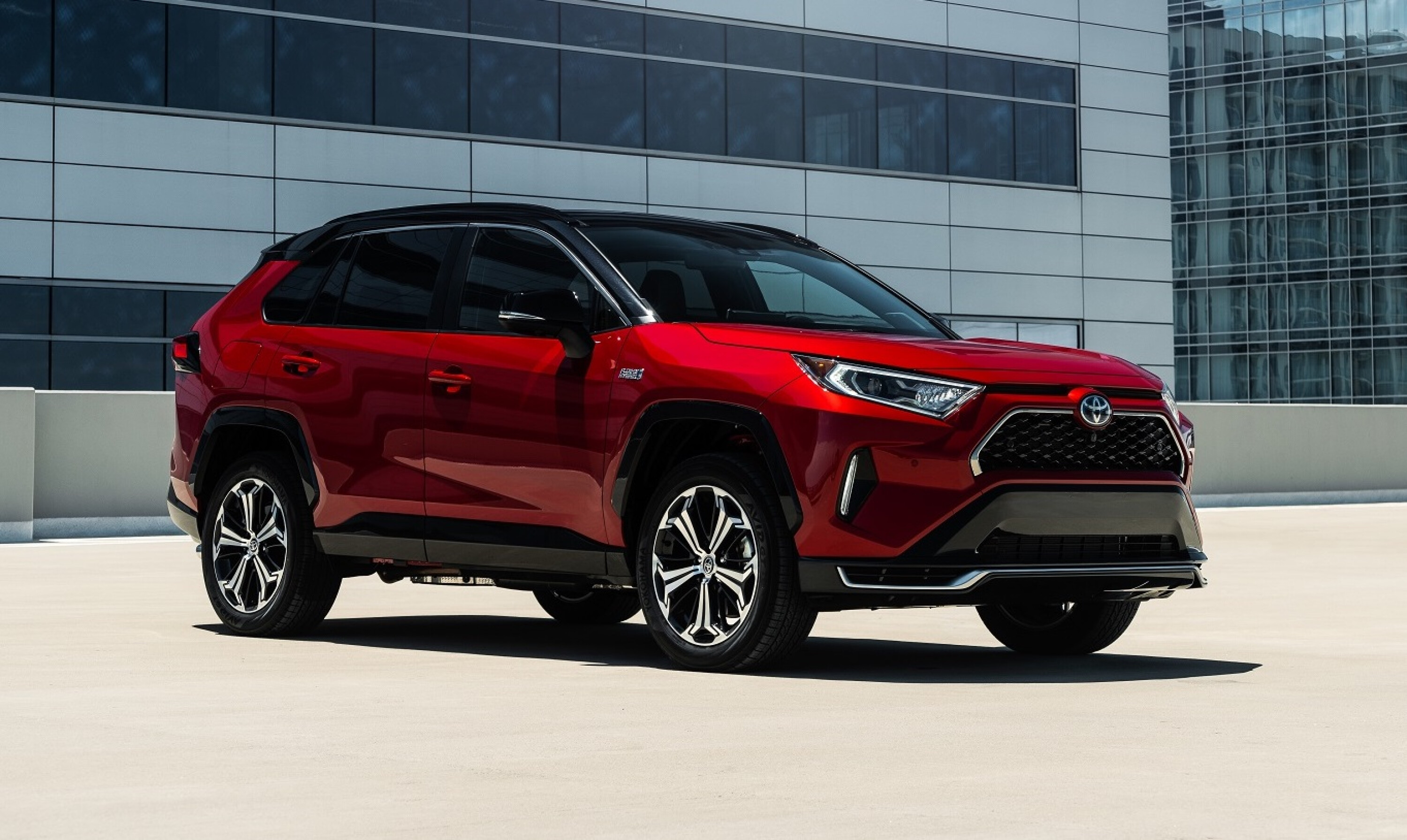
Toyota remains hesitant on plug-in hybrid models for Australia, despite one of the brand’s most powerful executives suggesting there is a market here for PHEVs.
Sean Hanley, Toyota Australia vice president of sales and marketing, admits that plug-in hybrid electric vehicles (PHEVs) need to be the right fit for an Australian buyer in terms of the cost, and the amount of EV range on offer.
“I have an ideal range in my mind. But it’s not necessarily a prerequisite range. It’s an ideal range. So right now, I think they get around 60 to maybe 80 kilometres on their own, which is not bad. It’s credible. That wouldn’t stop you from bringing it to market in Australia, by any means.” said Mr Hanley.
What’s the appeal of PHEVs?
Plug-in hybrid EVs like the Mitsubishi Outlander PHEV have proven popular in Australia, because they allow motorists to drive on electric-only power for significantly longer and at higher speeds than with a ‘regular’ hybrid.
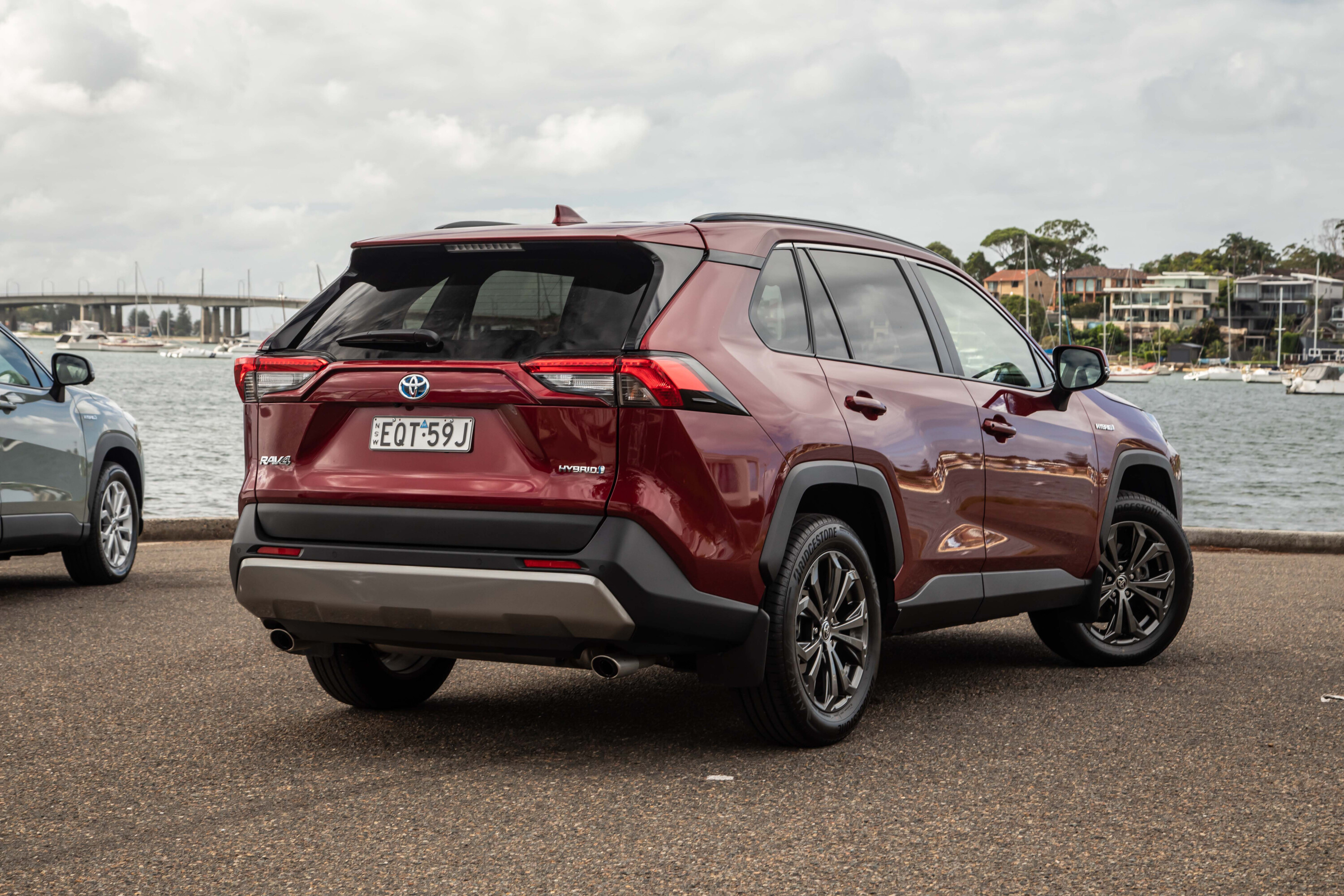
“But ideally at some point you’d love one that does 200km [EV driving] on its own. That would be ideal,” he said.
“As battery technology evolves, I think that could be possible. It’s not going to be tomorrow, but I think it could be possible. And that, therefore in my own thinking, is a perfect solution for the Australian market to get the best of both worlds,” he said.
Mr Hanley – who drives a Lexus RZ450e electric SUV he claims to have never recharged at a public charger – is himself looking to move to a PHEV for his next company car. It won’t wear a Toyota badge, though, for obvious reasons – it’ll be the Lexus NX450h+, a vehicle that offers a claimed 87km of EV-only driving range.
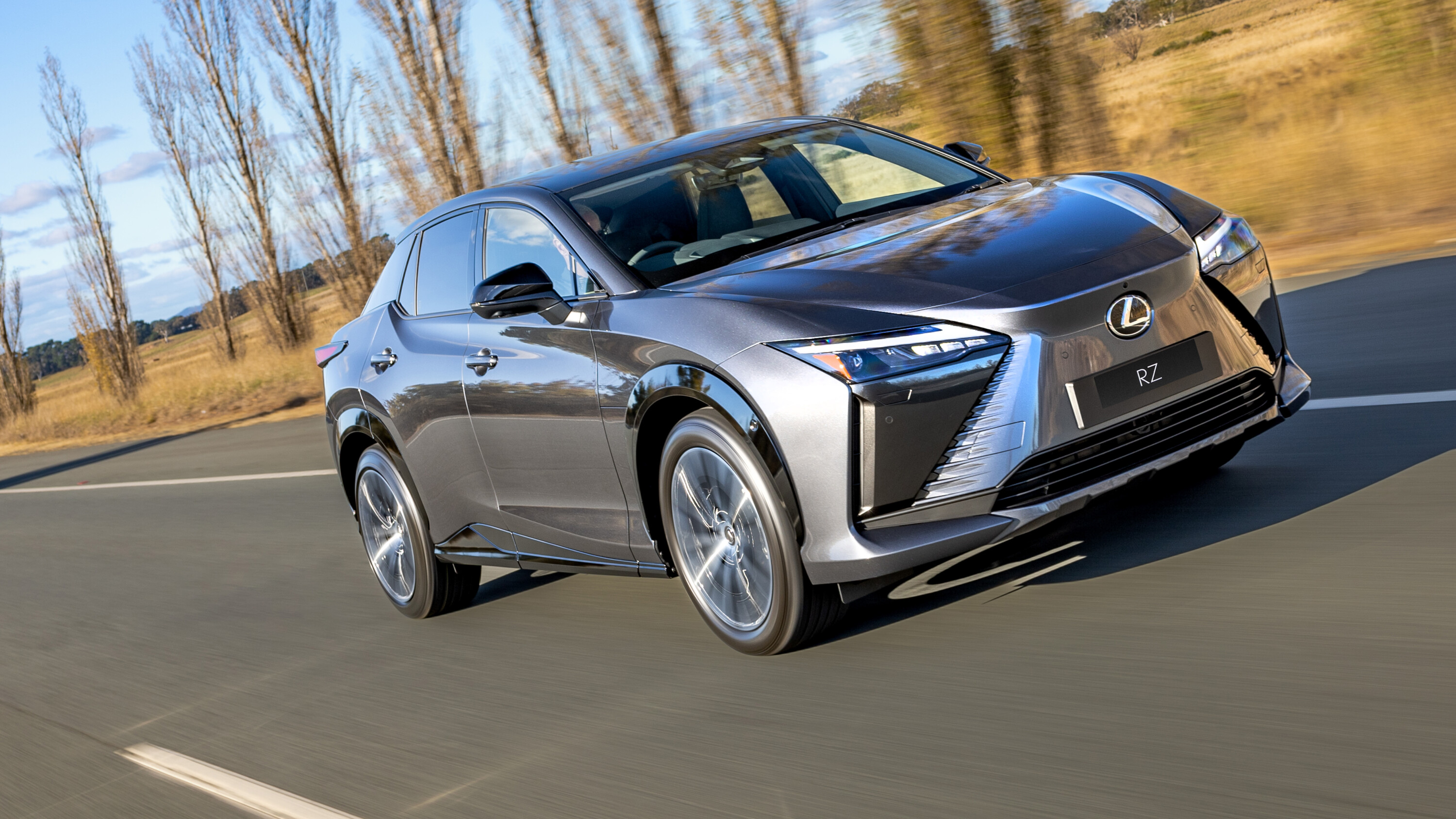
For reference, Toyota offers the Prime plug-in hybrid version of the RAV4 overseas with approximately 67km of EV range, along with the Prius Prime (71km) and the new C-HR plug-in hybrid (66km).
Toyota C-HR chief engineer, Toshio Kanei, confirmed with WhichCar that the PHEV model will account for “25 percent” of new-generation C-HR sales in Europe, which is the only marketplace that will see the PHEV offered. Indeed, the entire new C-HR range, built in Turkey, is only going to Europe and Australia this time around.
Mr Hanley ruled out a C-HR PHEV for our market at the launch of the new model this week (review due 7pm March 21), but confirmed that a plug-in Toyota has to be a part of the line-up at some point soon.
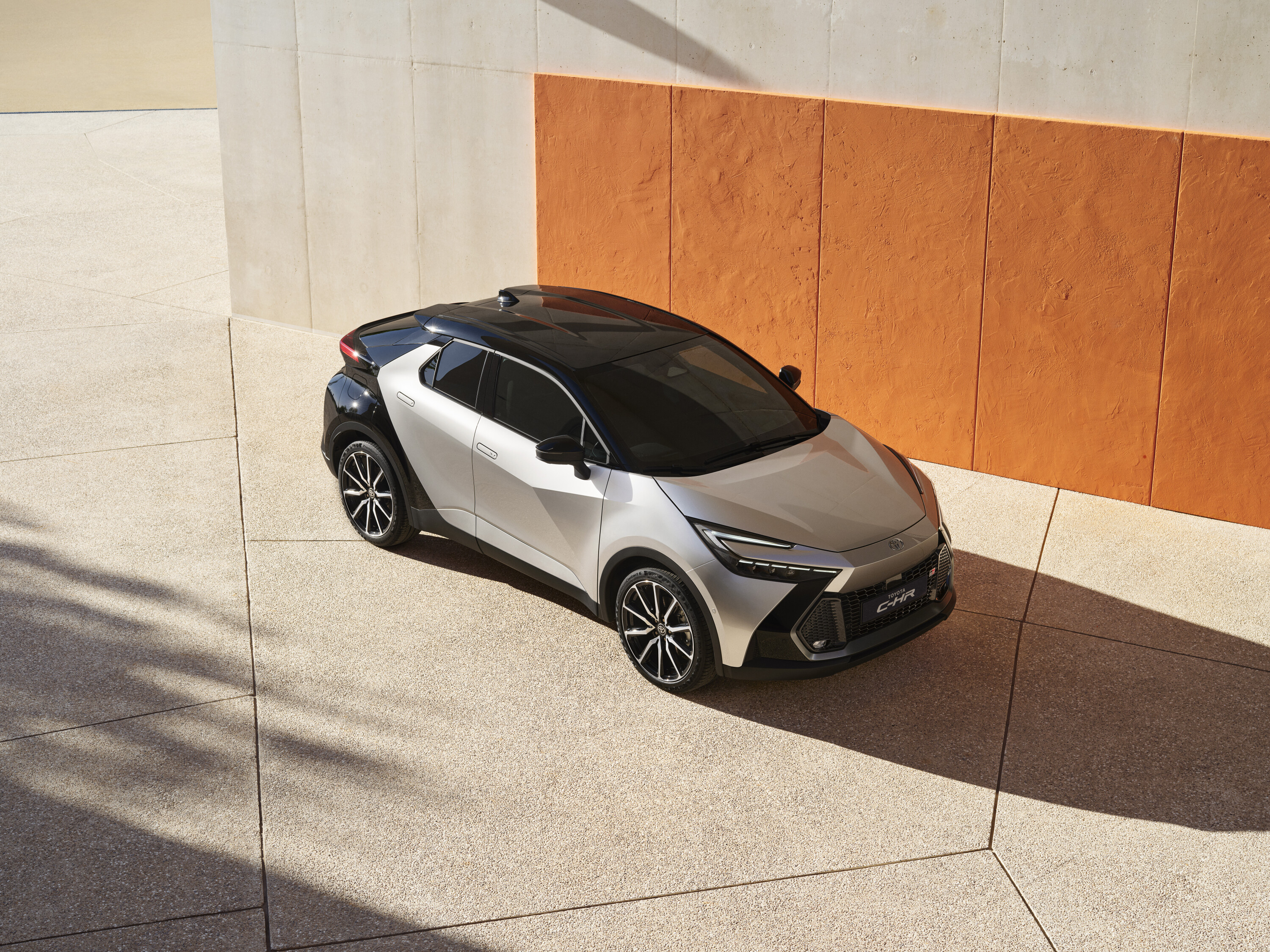
When will Toyota offer a PHEV in Australia?
“Not right now, but it’ll definitely be between now and 2030. It will become a desired part of our product offering,” Mr Hanley said. “And you know, we shouldn’t shy away from it, because we’ve always said ‘one day’.
“Some would say ‘why not now?’ – I read the comments all the time [where people say] ‘where is the RAV4 Prime?’ I think it’s a great alternative. Will it consume the market? No, it won’t, but it will fit into the portfolio.”
PHEV price premiums are a sticking point for many customers, but plenty have taken advantage of a number of fringe benefit tax exemptions, which end in March 2025.
Those tax benefits have meant that, in some cases with novated leasing options, the huge price premiums have been somewhat negated. It helps the jump of circa-$15K for an Outlander PHEV or Peugeot plug-in make better financial sense.
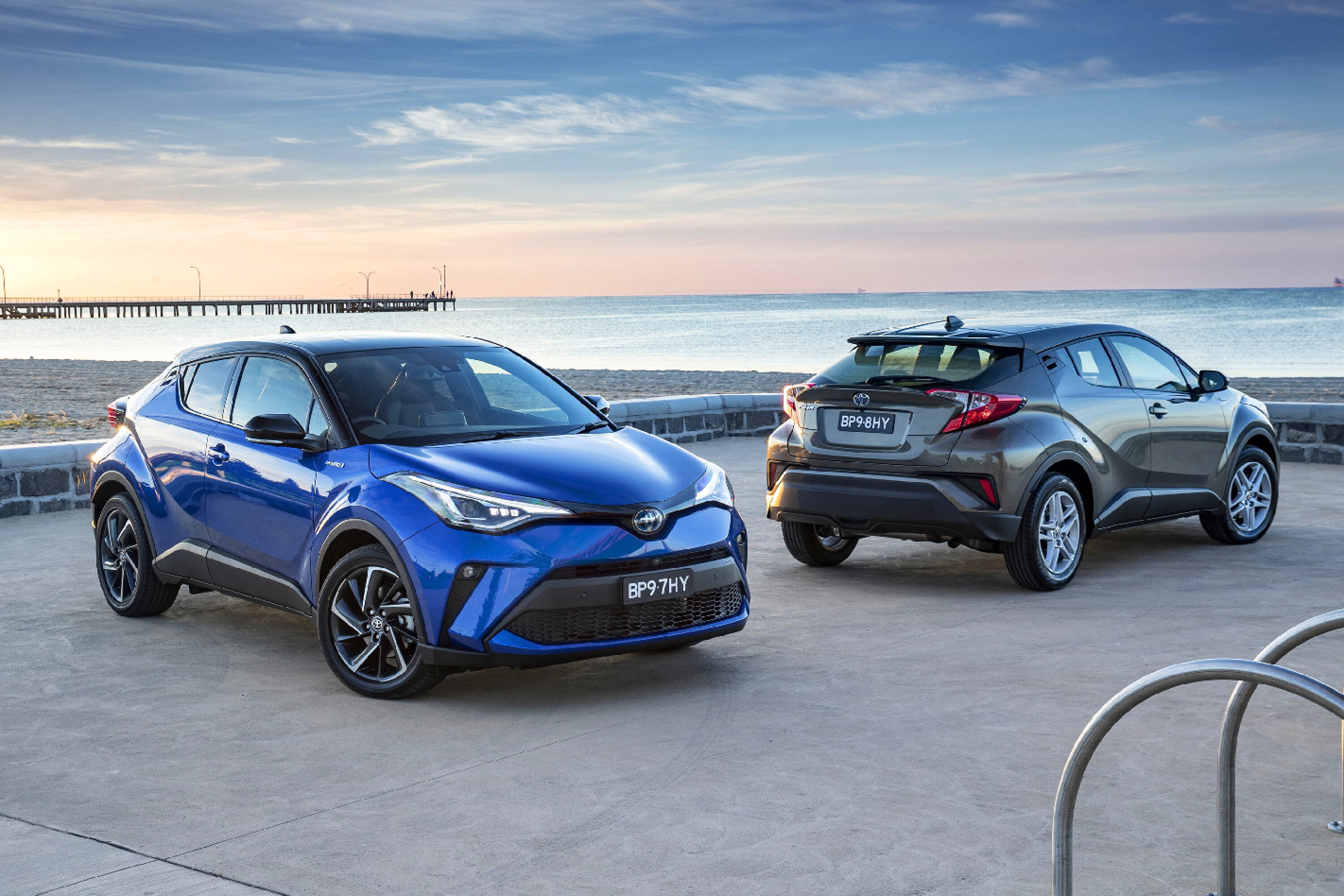
While it is highly unlikely that Toyota will have a PHEV before the March 30 deadline next year, Mr Hanley admits there is a challenge with PHEV pricing that is part of the brand’s considerations.
“There’s a cost involved. These things aren’t cheap. So it’s just about whether you can bring it to the market,” he said.
“We have a really great, loyal take-up of HEV (hybrid) vehicles. And the reason we’ve been able to do that is not a secret. Affordable, practical, reduce the fuel bill, and they have some environmentally friendly credentials,” he said. “So when you look at a PHEV, you’ve got to look at that affordability because they’re slightly dearer again.
“We’re talking an average $2500 to $4000 between an ICE and HEV. One or two might be a bit more or less. A PHEV could be $5000 more. It could be. I don’t know, just sitting here, but I’m assuming it’s more expensive. Probably. Is that tolerable for that car in this market? That’s what you’ve got to look at,” he said.
“There’s a market, [but] it’s got to be affordable.”
“You’ve got to ask yourself, why would someone go into a PHEV if it’s 10 or 15 grand more than a HEV? It may be offering you a slightly better advantage on EV mode.
“But if you had something that was offering you a big advantage on EV mode in range – a big advantage to say around 200km, and I’m only being hypothetical – then that’s a different scenario. That’s a different value proposition,” he said.
And how good would it be if the brand was able to offset some of the nasty emissions of diesel models with a PHEV diesel model? Mr Hanley is a fan of that idea.
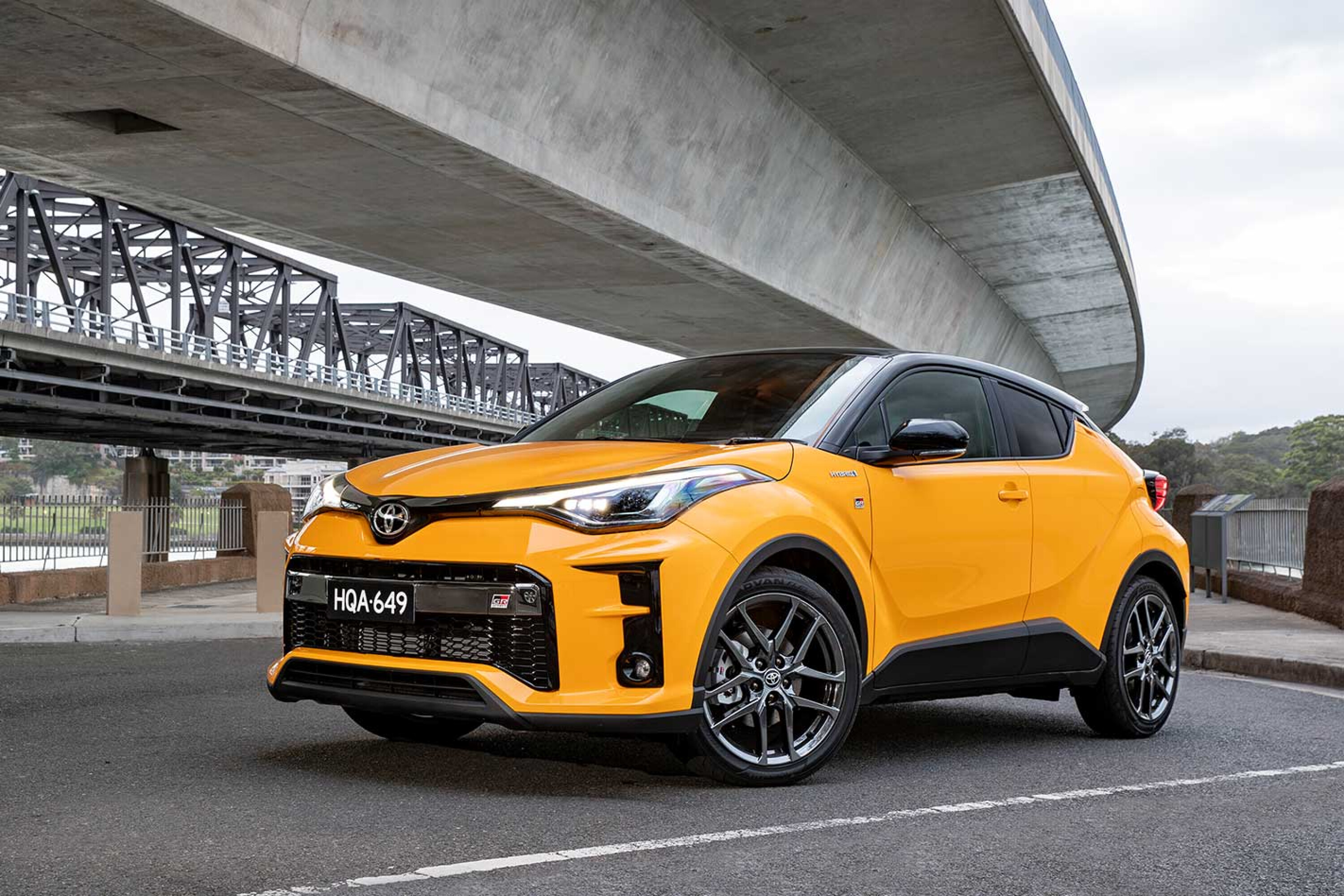
A diesel PHEV?
“Potentially,” said Mr Hanley of PHEV versions of diesel models in future. “Diesel has a long way to go. It’s not gonna be gone anytime soon.”
“And there may be a time where other technologies are applied to diesel,” he said. “I’d like to go on the record as saying it’s not dead, but in the fullness of time, it will be examined carefully. But we’ve definitely got to find ways to decarbonise it, in its application,” he said.
Diesel PHEVs are uncommon, but not unheard of.
In Europe, Mercedes-Benz offers the GLC300de. ‘Mild hybrid’ diesels are more common, again in Europe, with models like BMW 320d and X1 sDrive18d and the Audi S7. Others have been offered in the past, including here in Australia (Mercedes in particular), but there are few in Europe’s current generation of cars and none here.
Toyota Australia’s best-selling vehicle, the HiLux ute – which has petrol and diesel models on offer – is about to see a form of electrification applied to it by way of a 48-volt “Assist” function, which the brand refuses to call “mild-hybrid” as many other marques market it.
Would you consider paying $10k more for a plug-in hybrid version of the RAV4? Comment below!
We recommend
-
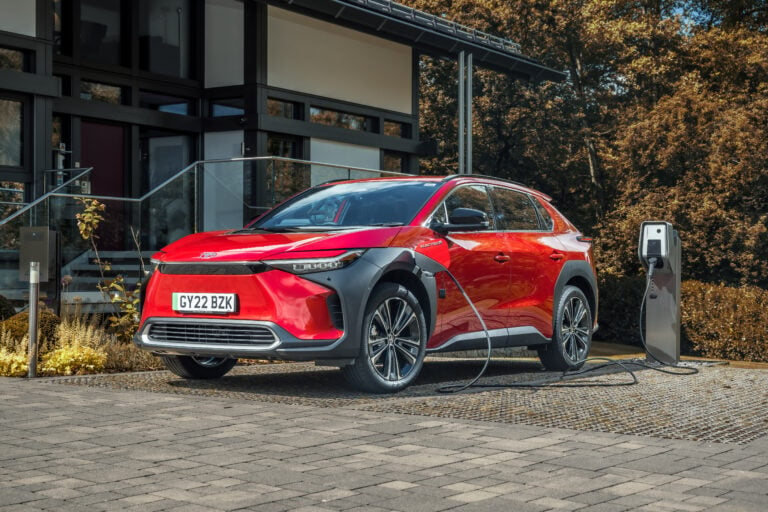 News
NewsToyota dealers to install EV chargers this year; PHEV under consideration
Toyota Australia's dealership network will invest $20 million to build electric vehicle infrastructure in the coming years – and PHEVs could help to boost usage
-
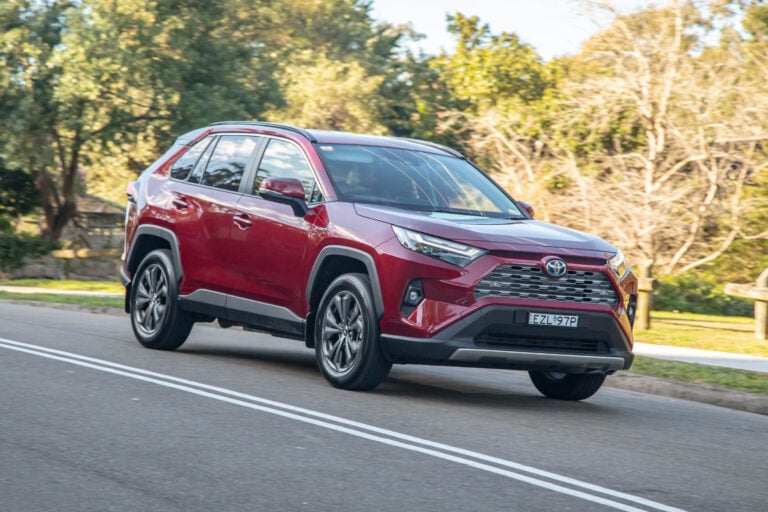 News
NewsToyota wants RAV4 plug-in hybrid & other PHEVs in Australia
Australia’s biggest brand says it now sees potential for PHEVs Down Under
-
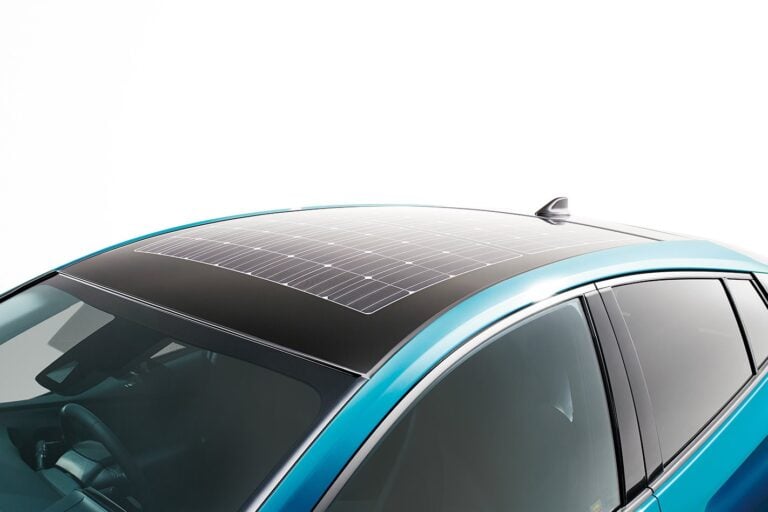 News
NewsToyota Prius Prime PHEV update comes with optional solar charging
The 2017 Prius PHV is available with solar panel on the roof to top up its lithium batteries



